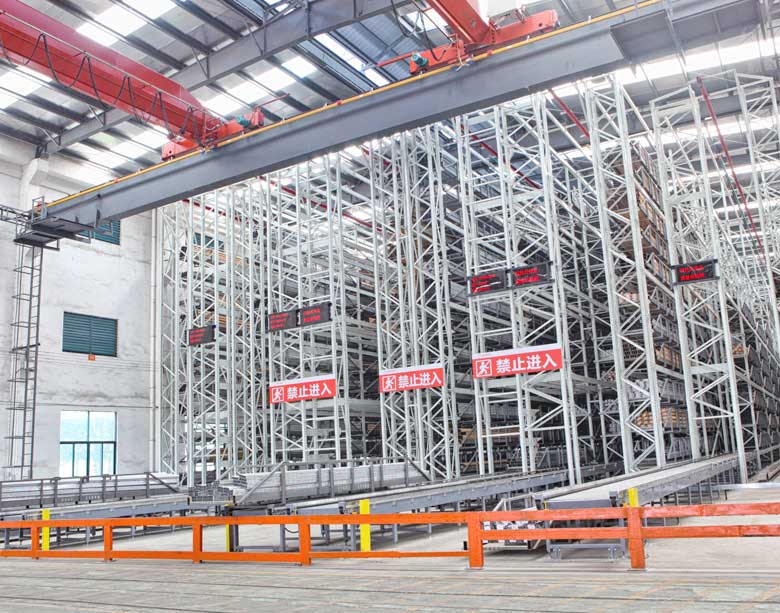Types of Formwork for Concrete Construction
There are numerous materials used in modern constructions and among the most popular is concrete, primarily due to its remarkable properties. Nonetheless, to build robust building components using concrete, you need to pour it into a uniquely designed mold called shuttering or formwork.
Creation of formwork usually mandates the use of either permanent or temporary molds, designed to hold the concrete in desired shape. This holds the concrete until it completely hardens and gains enough strength to support itself. The common classifications of formwork are usually based on:
● Material type
● Supported concrete element
● Permanent or removable
Formwork in the construction industry has been utilized for years in building of robust structures of all sizes and shapes. Read on to learn about the common types of formwork in concrete construction.

Characteristics of Superior Quality Formwork
Due to the importance of formwork in standard concrete construction projects, it is vital to ensure you get the best formwork. Ideally, there are several factors that formwork must achieve to be labelled as suitable elements for use in construction among them:
● Rigidity: it must have superior strength to withstand every type of loads
● Proper construction: it must be firmly built and well braced (vertically and horizontally) to retain shape
● Tight joints to prevent cement grout leakage
● It must be accurately set
● It must be light
● Its materials should be readily available, suitable for reuse, and cheap.
With this understanding of what formwork entails and its unique characteristics, let’s proceed to learn about the various formwork types used in construction.
Six Types of Formworks For (Concrete) Construction
Timber Formwork
This is the commonest formwork option and arguably the most used in both ancient and modern construction projects. Timber formwork’s popularity especially in small construction is mainly because you get an onsite fabrication for your desired concrete size and shape.
Nonetheless, with relatively larger constructions, the use of timber formwork is usually quite time consuming.
Unlike other formworks, the timber option is less durable, but fortunately much cheaper and readily available than steel and aluminum formworks.
Here are some of the characteristics of timber formwork that make it a popular option in construction:
● Must be Easily workable
● Must not be easily susceptible to termite attack
● Must be Lightweight
● Well-seasoned
Aluminum Formwork
Aluminum boasts a relatively less density than steel, a feature that renders aluminum slightly lighter than standard steel. Looking at this it is easy to see the primary benefit of aluminum over steel making aluminum formworks lighter than steel options.
In terms of economic advantage, aluminum ranks higher than steel especially since it is more affordable when you need formworks for repeated usage in construction projects. Here are more advantages of aluminum formworks when used in construction:
● Economical: it is more economical than other formworks when used in large construction areas
● Lightweight: it is less weighty than other formworks like steel
● Doesn’t suck water from concrete: since this formwork doesn’t absorb water from concrete, the concrete surface is less susceptible to honeycombing.
● It eradicates the need for refinishing since it generates a smooth concrete surface
The only downside to using aluminum formwork is that once you build it, you cannot alter it.
Steel Formwork
This is another popular formwork for various reasons including superb strength, durability, and extended reusability feature. Typically, this formwork usually creates a stunningly smooth surface finish on the concrete and is suitable for circular or curved structures like tunnels, chimneys, and columns among others.
However, unlike timber, it is more costly for smaller projects. These panel units are connected using clamps and bolts and you can fabricate them in any shape or size.
Plastic Formwork
This is a lightweight formwork made using robust plastic and integrated with unique interlocking systems. With plastic formwork, you can utilize it for more than 100 times, rendering it a worthwhile investment.
This formwork is suitable for large housing projects and standard concrete constructions not to mention working well in repetitive construction jobs.
Finally, reusable plastic construction formworks comprise plastic panels meaning you don’t need to use formwork removing agents as you can clean them with water only.
Tunnel Formwork
If you want a reliable formwork for modern high-rise buildings and structures, tunnel formwork is your best bet. This is a unique option where the wall and RCC slabs are cast in a constant concrete pour. After continuous pouring, hot air is blown on the thermal curing to speed up the concrete’s curing process. Normally, the standard tunnel formwork cycle time is approximately between one and three days.
The best application for this formwork is usually in repetitive space/room designs.
Plywood Formwork
These are unique formworks that comprise remodeled (resin-bonded) sheets linked to timber frames. These sheets form suitably-sized panels. Standard plywood formworks are flexible, easy to handle, and strong.
Furthermore, they allow for more reuses than standard timber options and when you utilize larger panels you can enjoy major cost reductions that come with fixing and dismantling. Their only drawback is their relatively short lifespan.
Final Word
There are different types of concrete structures, each designed to suit a given need hence the different types of formworks. As outlined, formworks are available in different categories designed for constructing affordable, durable, and superbly sustainable structures based on your needs.
In the end depending on your specifications and desires, you can choose from these few options to create your desired structure.
Good Luck!



